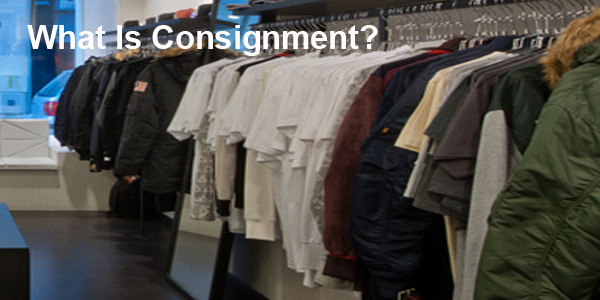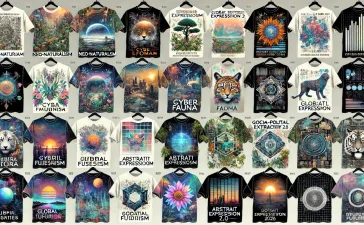Four weeks ago, we talked about different ways of making a living as an artist or a designer. We also discussed what is Retailing,Wholesaling, Commission, and what do they mean to your art and design business.
Here is what we’re going to cover over the next 7 weeks:
- What is retailing?
- What is Wholesaling?
- What is Commission?
- What is Consignment?
- What is Exhibitions?
- What is Workshop?
- What is Art Licensing?
Today, We are talking about What is Consignment? and what it really means to you and your Art or Design business?
Would you apply this option into your business?
Would it be the right fit for your art or design business?
To find out please reach on.
The concept of consignment is also becoming a common practice within the retail and wholesale industry.
As an Artist or designer you do have a choice to go on this path when you first launch your art or design business. Most of the new emerging artists or designers would get into consignment in order to have their products in a retail store or an art gallery. By offering this option to the retailers this will take off the pressure of having to buy the product from you at the beginning as they are unsure whether your product will sell in the stores. Once you have implemented this concept with the retailer, and your product is selling, this will give them the confidence to order more products from you.
Consignment is a short term concept and you need to draw up a basic contract of agreement to cover the terms & conditions between you and the retailer.
In order to make this option works for your business, here are a few tips that can help you to get start with your next consignment.
- Product Research – whether you are offering the item for sale to your local shops, or online, etc, it is important to learn the value of product that are similar to yours and more importantly, to be able to present the item to an audience that will buy it from you.
- Price Agreement – Discuss and negotiate with the retailer what percentage of the sale price you would like to receive when your items are sold in the store. Percentages can be varied and it’s really up to you and the retailer to agree upon. A rule of thumb is for large ticket items is between 10-20 per cent and for smaller items, it can be ranged from 30-50 per cent. Keep in mind whatever the agreement is make sure it should reflect your time invest in the sale. Some of my clients request the retailer to pay them the wholesale prices (stated in the consignment invoice) once the item is sold this way the retailer may converted to buy from you wholesale instead of doing ongoing consignment on your products.
- Fee involvement – Find out any hidden fees or charge may involve with consignment goods, for example credit card fee, floor space fee or advertising fee etc. It is normally the retailer will absorb all fees so to be sure ask questions.
- Set a time limit – Generally you need to give time for your product to sell. Ideally 4-8 weeks will be a good time frame. You both need to come to an agreement on what is to be done if the item does not sell during this time.
- Payment for the item – Agree on payment ,when to receive payment and how to receive your payment. it can be weekly, fortnightly or even monthly. Request a list of item sold so you can match it to the consignment note or invoice. These days, the retailer will deduct the agreed percentage from the sale price and fee (if any) and send you a cheque, or internet transfer to your bank account.
What does this mean to you?
- Consignment opens a new sales outlet for your products, without the overhead, rent and other expenses of having your own store
- Before you let others sell your products for you, know the steps to take to protect your business.
- Many retailers are accepting consigned goods, as this arrangement allows them to get inventory without shelling out their own cash.
- So this selling channel is a win, win for both parties. Before you let others sell your products for you, know the steps to take to protect your business.





